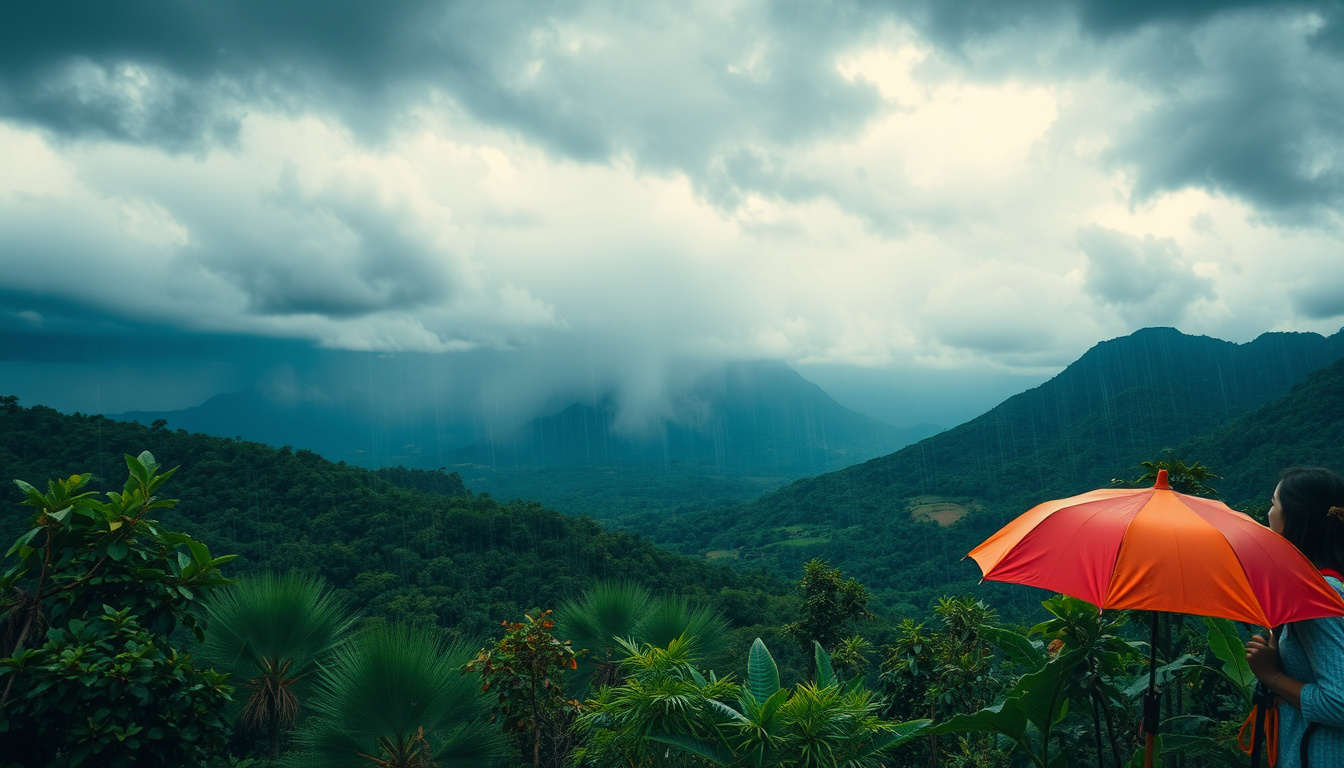Escalating Sea Hazards in Bali
The idyllic beaches of Bali, typically bustling with tourists eager to dive into the azure waves, have become a stark reminder of nature’s unpredictable power as of October 2024. The recent surge of high waves and tidal swells, primarily influenced by the full supermoon, has profoundly affected the region. These events highlight the vulnerability of coastal areas and the consequential ripple effects on tourism and safety measures across the island.
Tragic Incidents and Affected Regions
Tragically, the treacherous sea conditions have claimed lives. Two tourists—one from India and the other from Australia—fell victim to the unpredictable waves, with one incident occurring at Angel’s Billabong on Nusa Penida and the other at Balian Beach in Tabanan Regency. This has cast a somber shadow over Bali’s reputation as a safe and exotic getaway. These fatalities underscore the broader dangers posed by the current sea conditions, with affected areas spanning key tourism spots such as Nusa Penida—a favorite among snorkelers and divers—and Balian Beach, renowned for its surf.
Impact of the Full Supermoon
The full supermoon, renowned for its luminous beauty, has played an unexpected role in exacerbating the hazardous conditions. The gravitational forces during this lunar phase have intensified the waves and tidal activity, overshadowing the serenity expected from the Nyepi Laut festival—a ritual of oceanic rest traditionally observed in Bali. Despite these attempts at mitigation, nature has taken its course, requiring heightened awareness and caution.
Warnings and Safety Concerns
In response to the escalating situation, local authorities have issued stern warnings to tourists, advising against entering the ocean during these perilous conditions. Activities that define Bali’s allure—swimming, surfing, and snorkeling—are under scrutiny, with safety taking precedence over recreation. This has raised substantial challenges for local governance in balancing tourism and public safety along Bali’s cherished coastlines.
Tourism and Economic Ramifications
The high-risk sea conditions have potential ramifications for Bali’s tourism industry. While October typically heralds a favorable climate for visitors—boasting warm temperatures and minimal rainfall—the current turbulent sea state could deter tourists. The allure of Bali’s beaches is overshadowed by safety concerns, which might result in decreased tourist numbers and consequential economic impacts on local businesses reliant on visitor influx.
Navigating Nature’s Challenges
The erratic weather patterns amplified by the supermoon serve as a reminder of the importance of preparedness and adaptability. Local authorities in Bali are tasked with not only addressing immediate safety concerns but also implementing long-term strategies to better predict and manage such phenomena. This involves ongoing communication and precautionary measures to safeguard both residents and visitors, ensuring that Bali remains a top destination amidst changing environmental conditions.











Add a comment